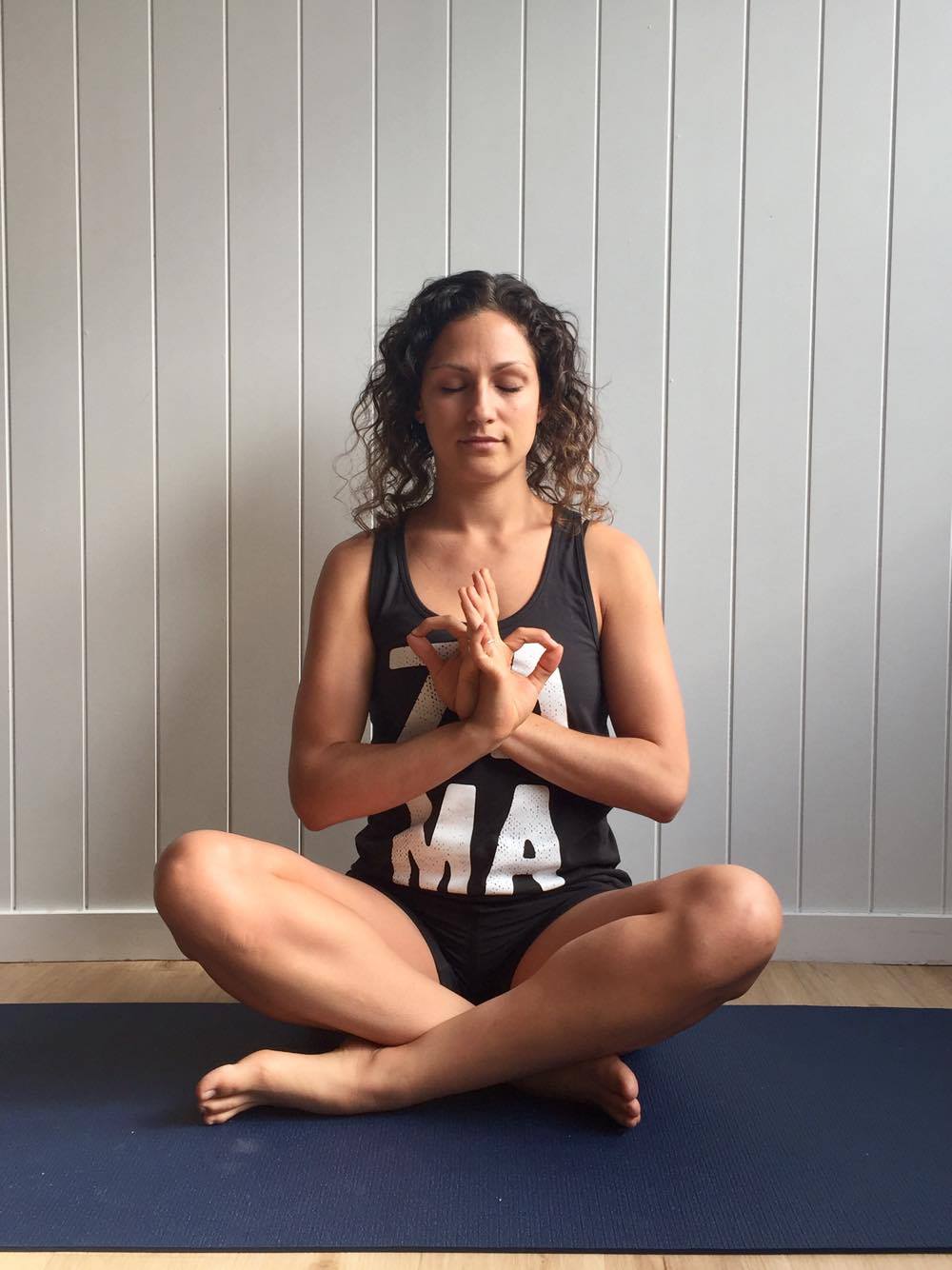 Courageous Heart Mudra
Courageous Heart Mudra
Abhaya Hridaya Mudra
Find the courage to open the heart…
Our Zamasana for October is actually not an asana, but rather a mudra (a hand gesture).
Abhaya means without fear or courage and hridaya is the heart. This mudra seals all of the fingers accessing the energy channels in the body, clearing fear and opening the heart.
To practice abhaya hridaya mudra…
1. Sit comfortably and connect to your heart space.
2. Cross your wrists with the right hand on top.
3. Place your hands in front of your chest with the backs of your hands touching. The right hand will be closer to your heart.
4. Slowly interlace your little fingers, ring fingers and middle fingers.
5. Join the tips of your index fingers and thumbs to create two circles.
6. Experience the quietude and energetic sensations of this practice. Allow your emotions to flow and flux if they need to and rest in the peace of knowing.
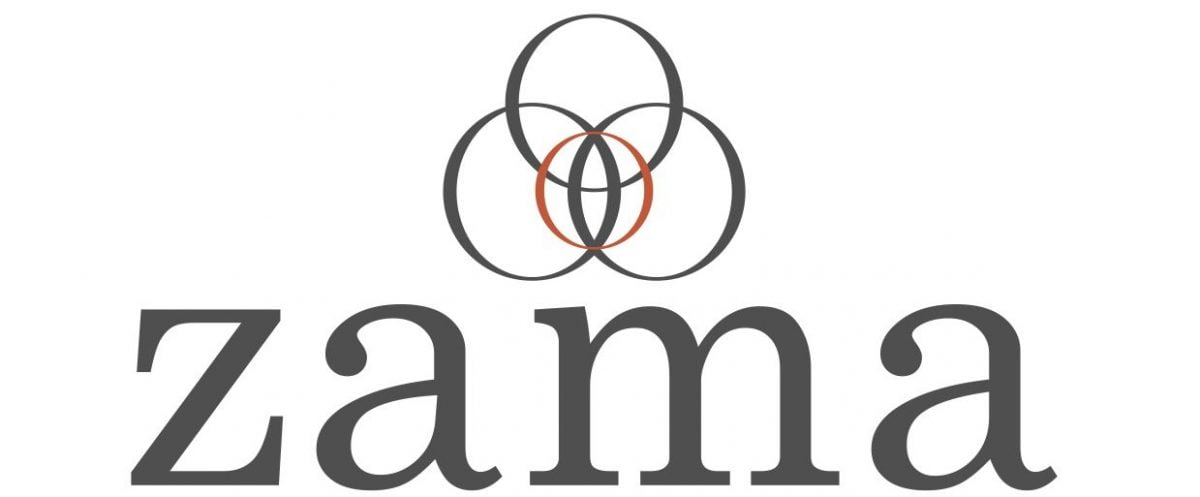
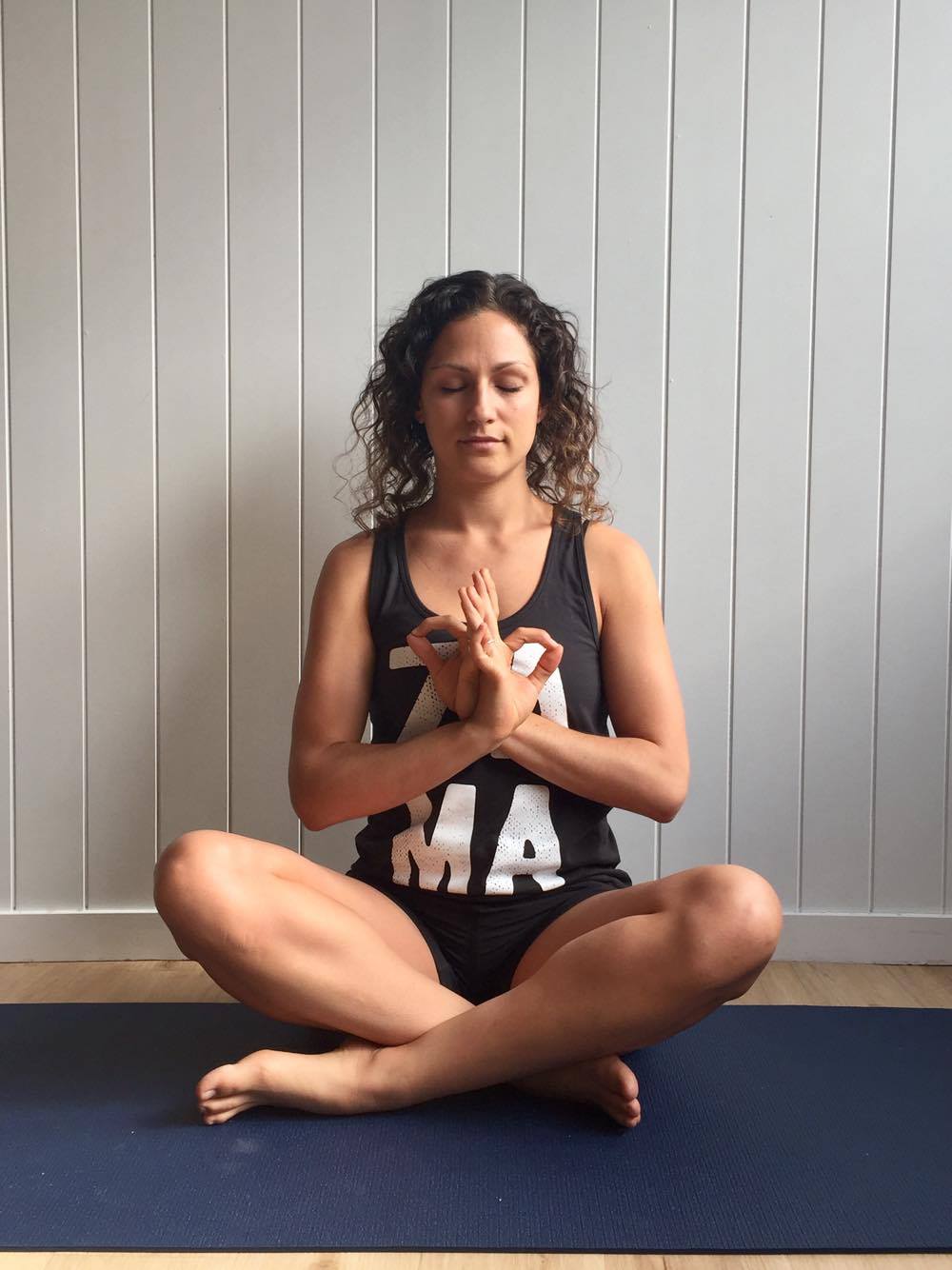
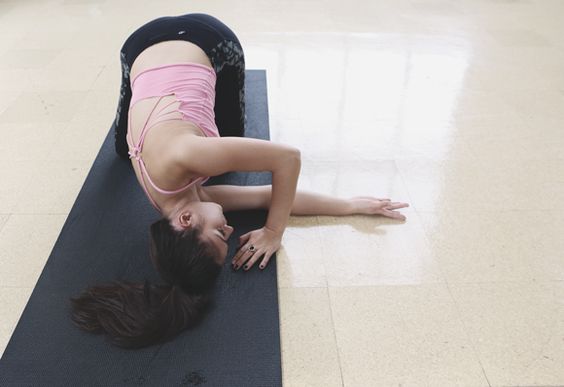
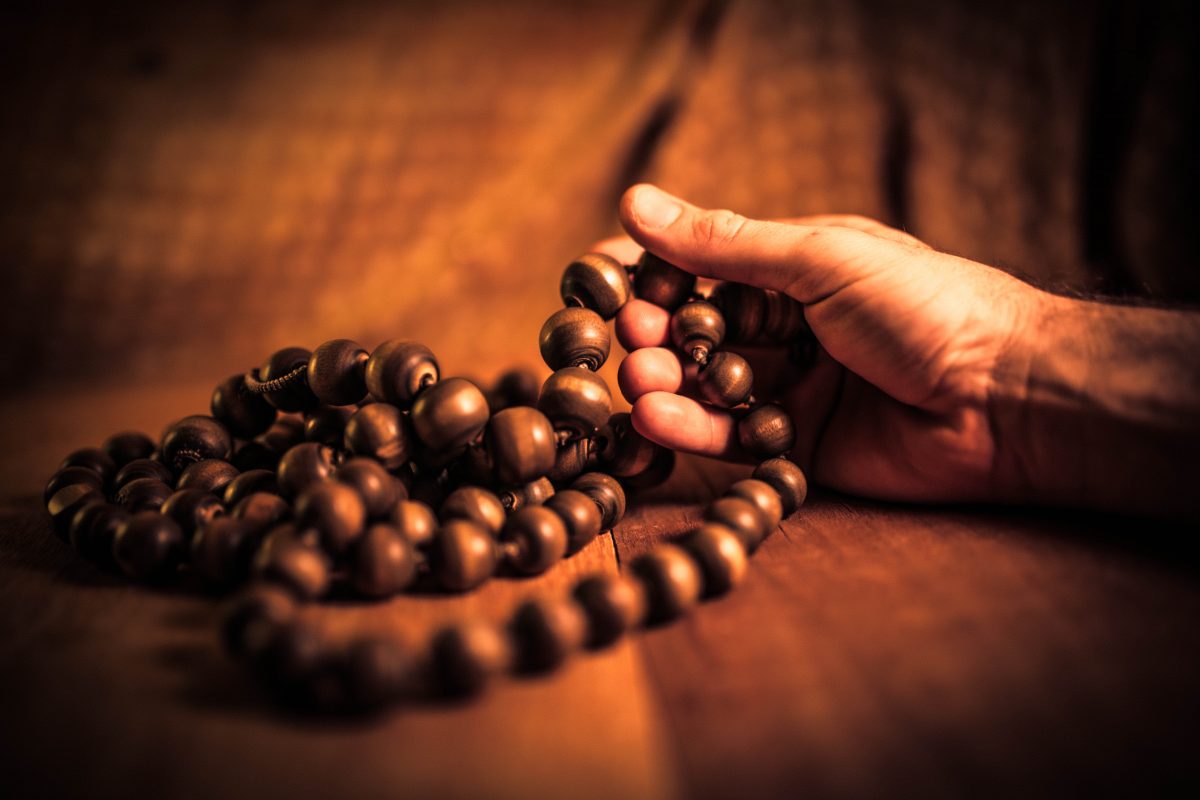
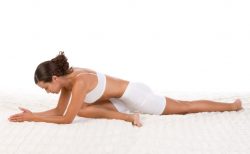
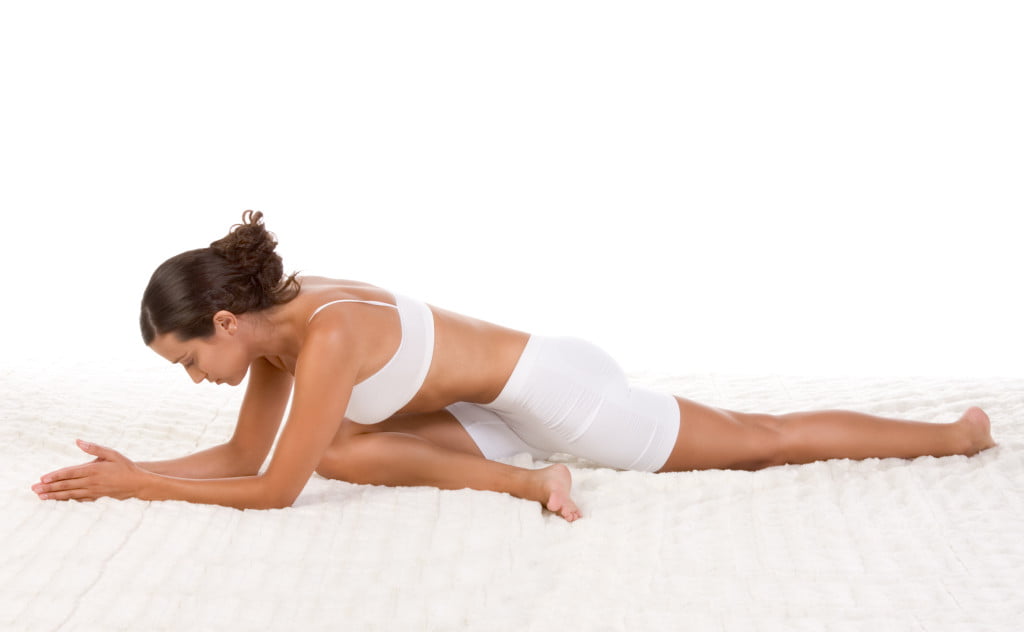 The July Zamasana of the month is Eka Pada Rajakapotasana, more commonly known as Half Pigeon Pose. Half Pigeon is the king of all hip opening poses, providing a deep stretch that will open up the hip joint and lengthen the hip flexor muscles. It also leads to a great stretch for other muscles in the body such as the shoulder, chest and abdomen regions. Practicing this pose will do wonders for your posture and body alignment, as well as stimulating internal organs.
The July Zamasana of the month is Eka Pada Rajakapotasana, more commonly known as Half Pigeon Pose. Half Pigeon is the king of all hip opening poses, providing a deep stretch that will open up the hip joint and lengthen the hip flexor muscles. It also leads to a great stretch for other muscles in the body such as the shoulder, chest and abdomen regions. Practicing this pose will do wonders for your posture and body alignment, as well as stimulating internal organs.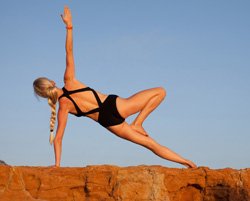
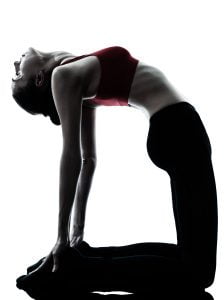

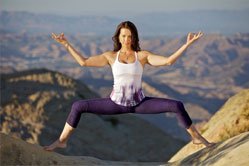
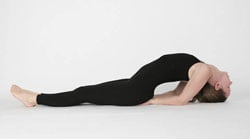
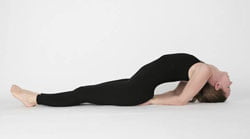
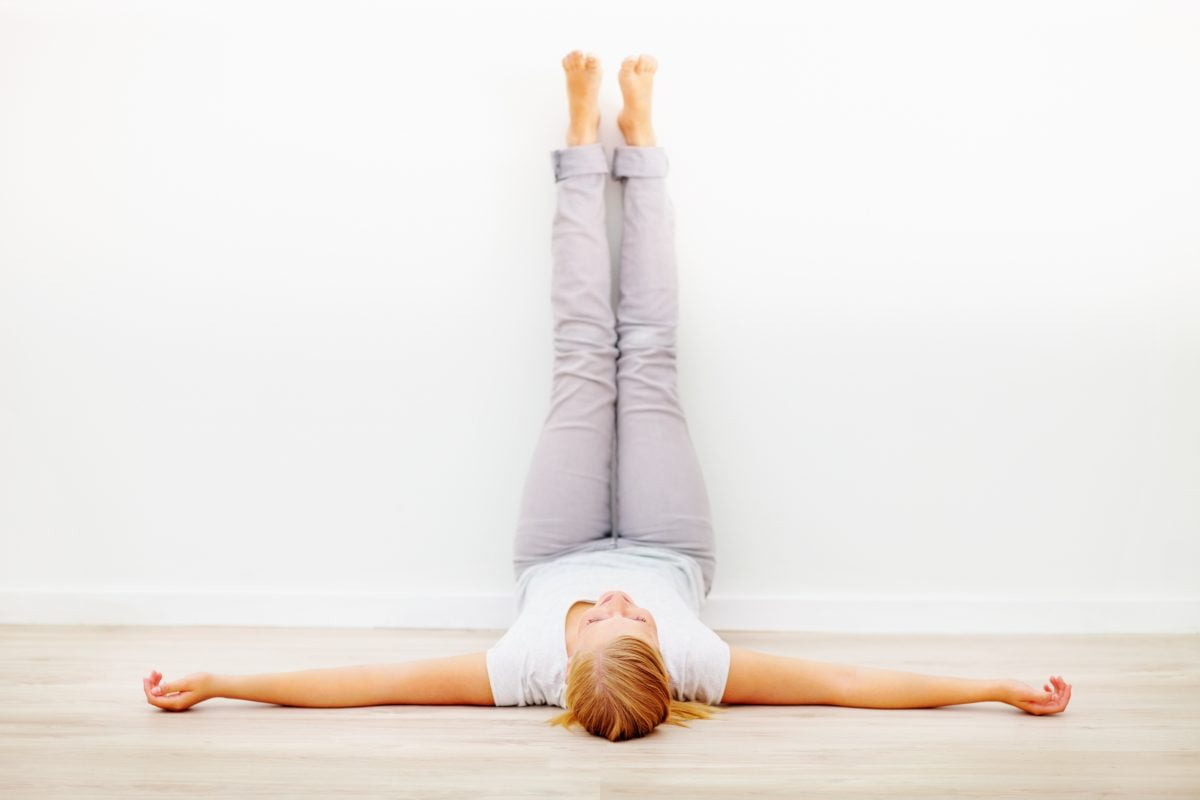
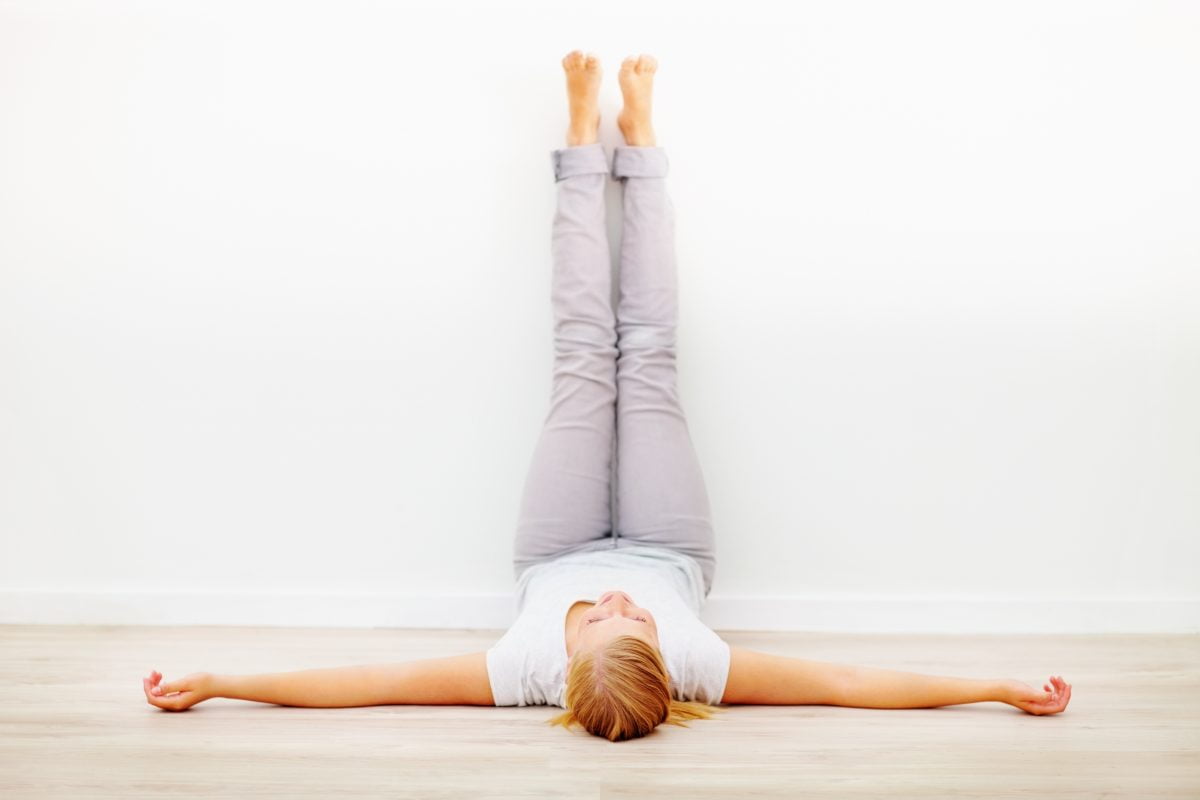 Happy new year, beloved Zamis! We hope you’re feeling refreshed and rejuvenated after a holiday season spent with family and friends (…and food).
Happy new year, beloved Zamis! We hope you’re feeling refreshed and rejuvenated after a holiday season spent with family and friends (…and food).